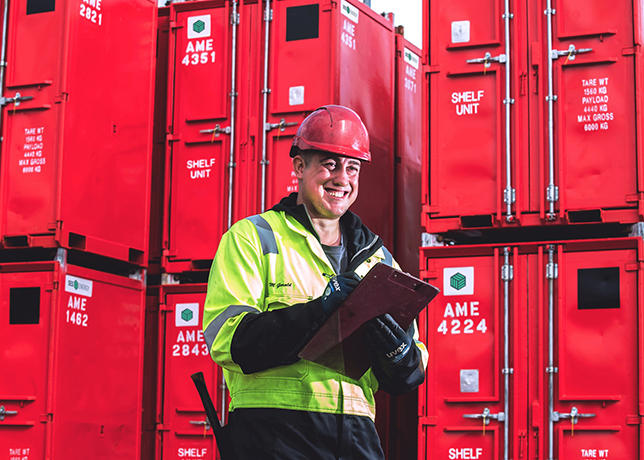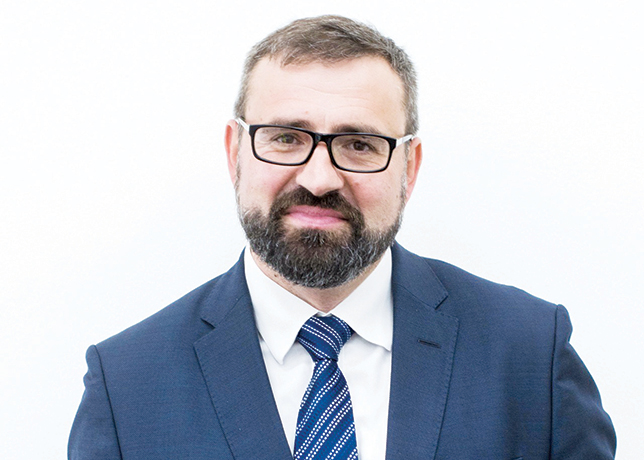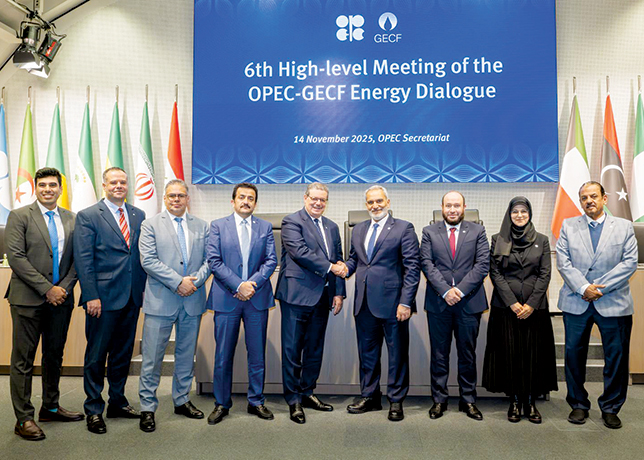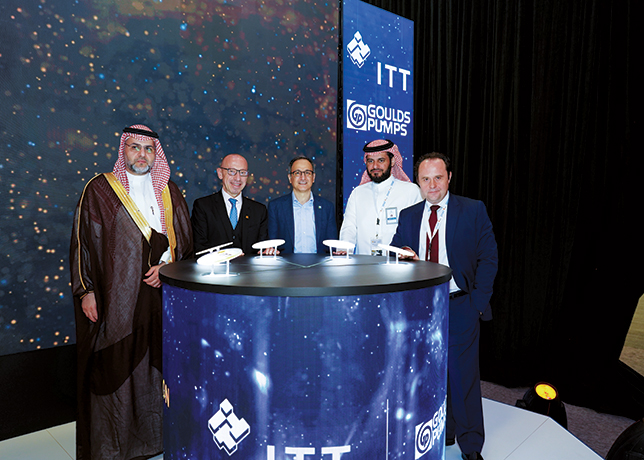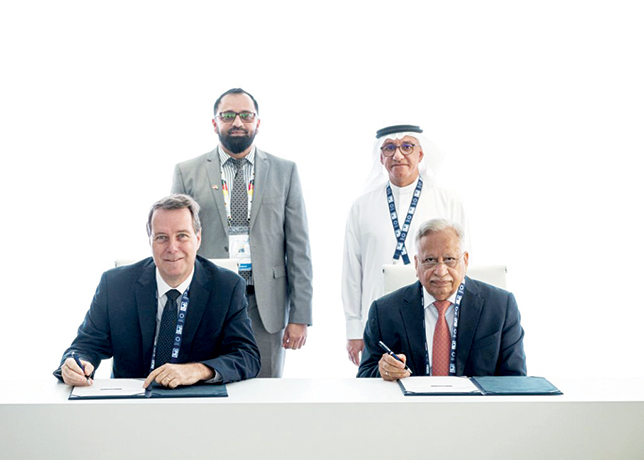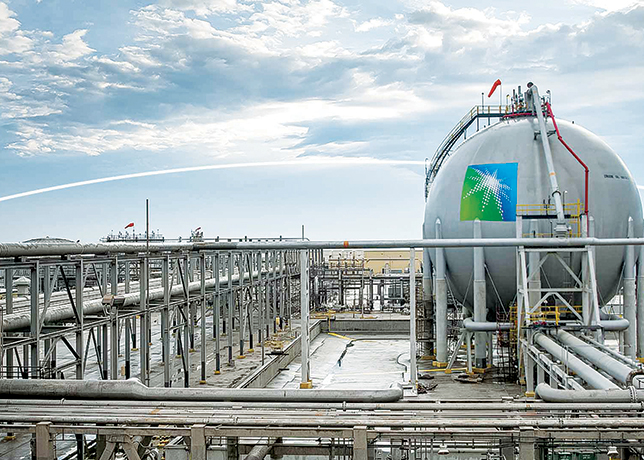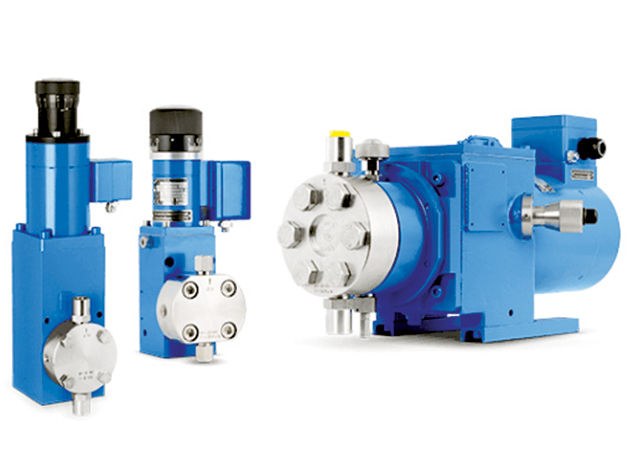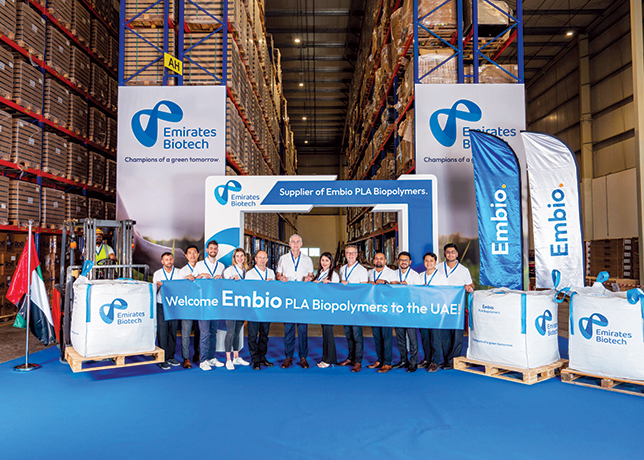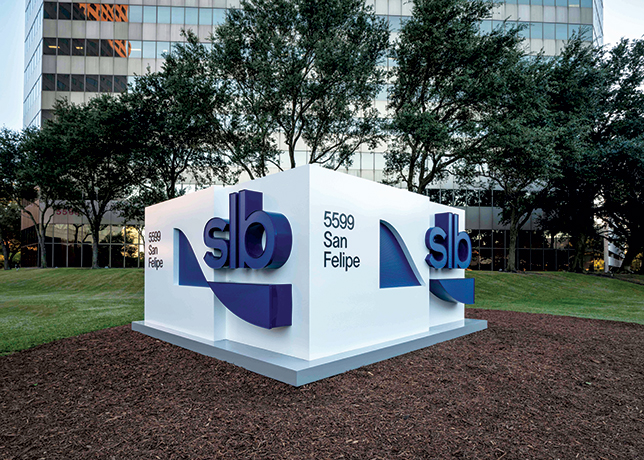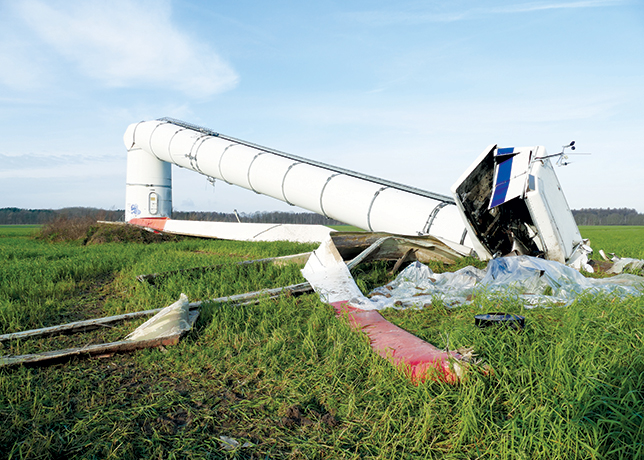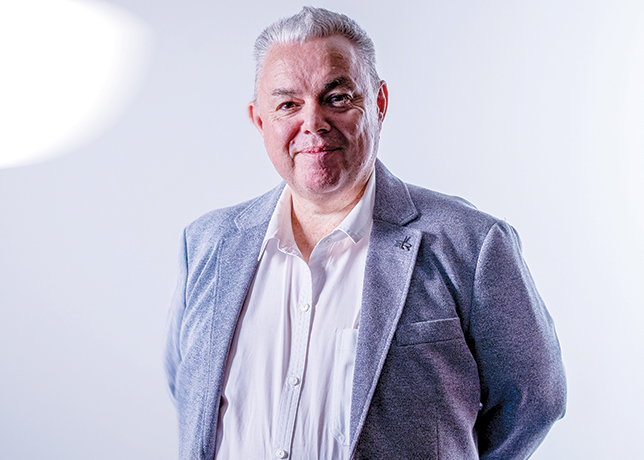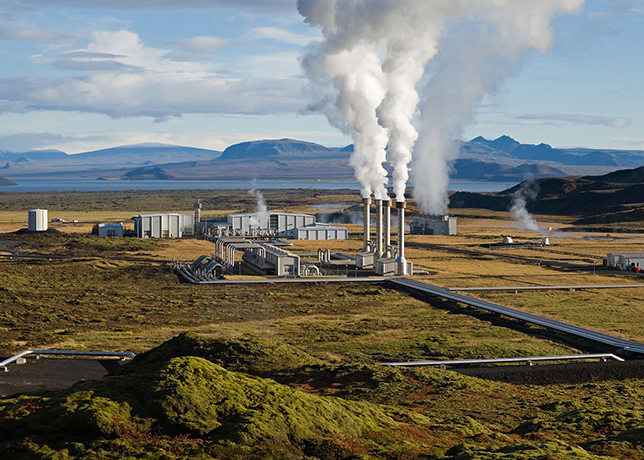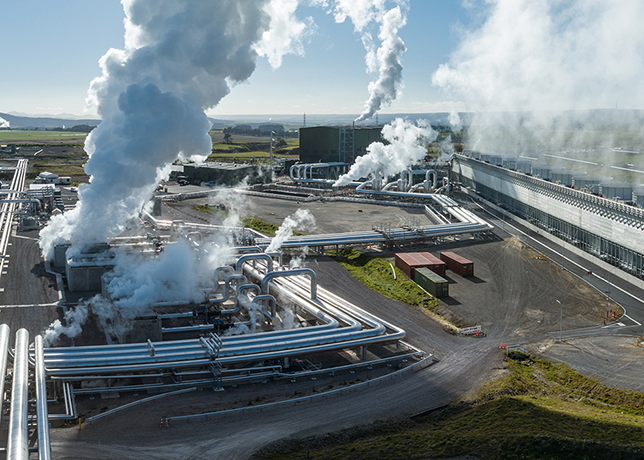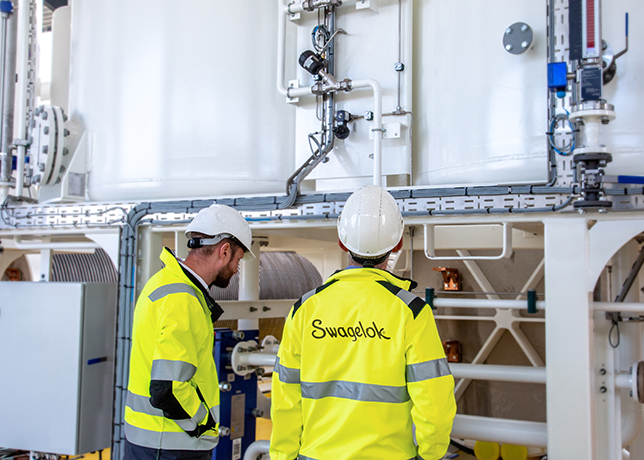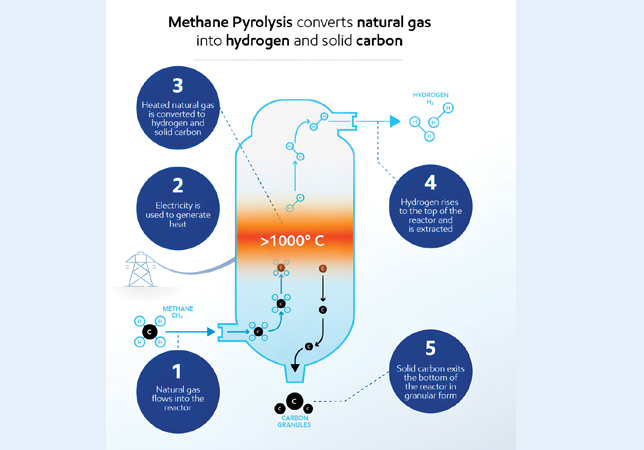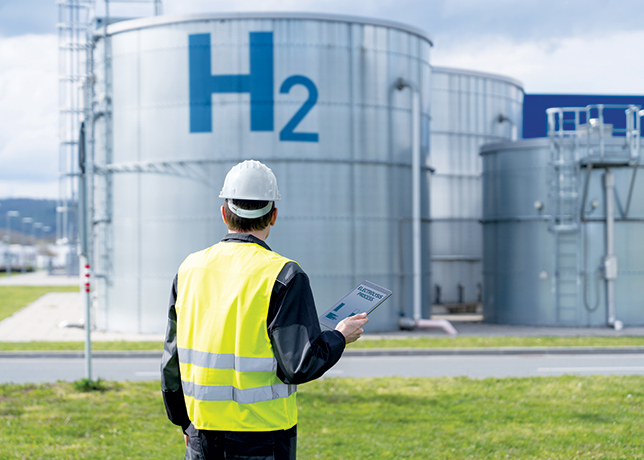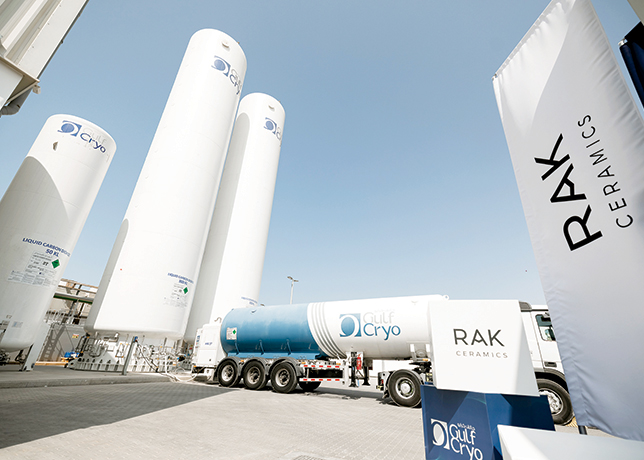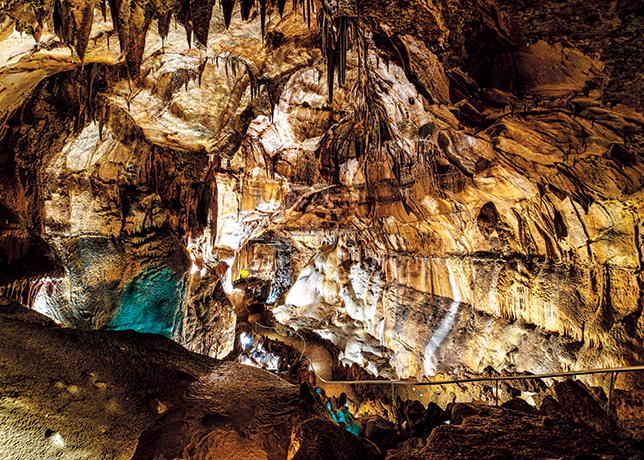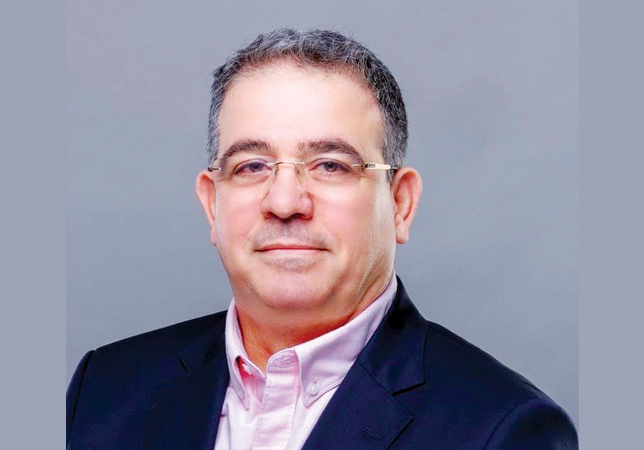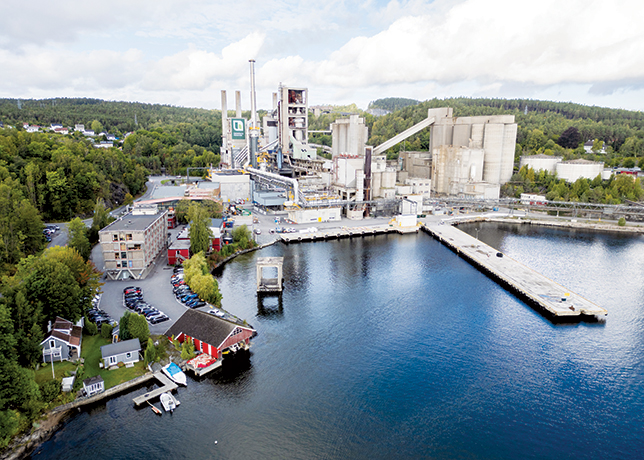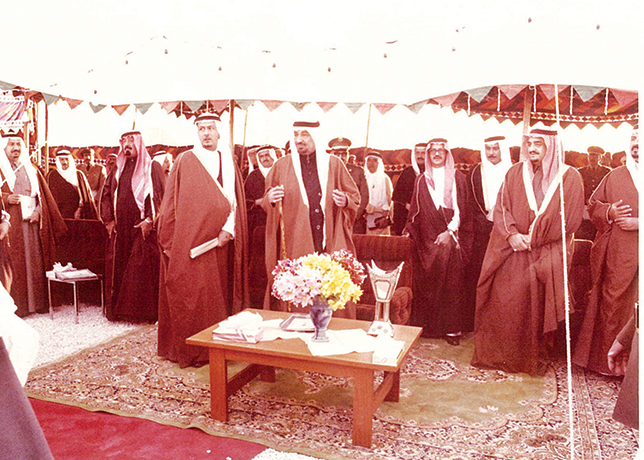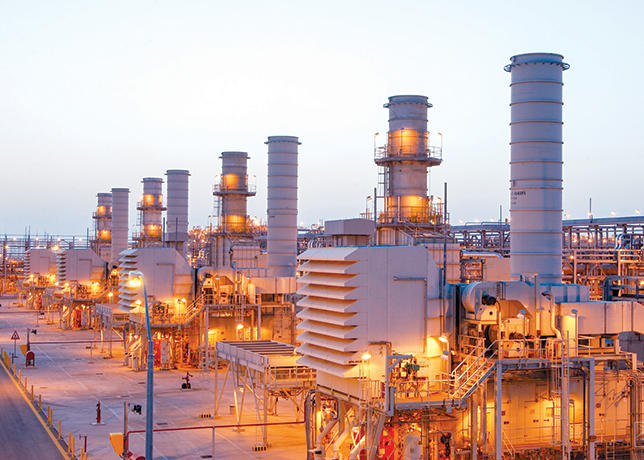
 The PhaseTester will enable production testing without flaring
The PhaseTester will enable production testing without flaring
Schlumberger has been an integral part of the development of Abu Dhabi's oil and gas industry for more than half a century, since it logged the first well Ras Sadr - 1 in 1950.
From that moment, the company has forged a strong and strategic partnership with Adnoc and its operating companies, and in doing so has deployed some of the most sophisticated technologies and processes to address the formidable challenges that the industry has had to face in the technical and environmental arena.
To highlight the solid working relationship with Adnoc and its operating companies, Schlumberger inaugurated its largest operational base in the world at Mussafah industrial area in 1980. The company's vision proved to be a proactive one with the ensuing step up in offshore and onshore exploration and development activities.
The capabilities of the new base were soon put to the test, when it had to deal with the high downhole temperatures and pressures of the deep onshore Khuff wells. In 1981, the base supported operations on SY-16, the hottest (400 deg F) and deepest (22,700 ft) well drilled in the Middle East up to that date.
Adnoc was one the pioneering oil companies to recognise the value of information and the invaluable benefits to be gained from organising and managing its acquisition and storage.
Adnoc embraced the concept of databasing in 1984 and worked with Schlumberger on the construction of a multi-well database that housed all technical data associated with its wells. By 1987, data from more than 2,300 wells was collected, indexed and stored in the database. Today, technical staff have effortless access to colossal amounts of information about the hydrocarbon basins to enable them to make the right decision for the development of Abu Dhabi's oil and gas reservoirs.
The 1990s witnessed some dramatic advances in the technologies that were adopted by Adnoc and its operating companies for the development of their fields.
Improved reservoir characterisation was made feasible with the introduction of high resolution imaging data from tools such as Formation Micro Scanner (FMS) and Formation Micro Imager (FMI). The log data proved useful in identifying fractures and faults and were crucial in guiding geologists to place wells in the best direction to enhance their productivity.
Steerable Drilling techniques were adopted to drill multi-lateral horizontal wells to help improve the productivity of the wells drilled in the tight carbonate reservoirs. Logging While Drilling (LWD) tools, with sensors that could scan around the wellbore, were utilised to help land the well at the right spot in the reservoir and to geosteer its trajectory to stay in the optimum section of the reservoir.
More powerful simulators were introduced thanks to advances in software technologies and the introduction of computers with ever-increasing processing power. Geological models were built to simulate the expected responses of logging sensors to reservoir formation. Coupled with the ability to transmit the information in real-time over long distance, the drilling of horizontal wells became more and more a routine operation.
To further enhance the hydrocarbon recovery of the fields, new systems to monitor the changes in fluid saturation around cased wellbore were introduced in the late 1990s. The Cased-hole Formation Resistivity (CHFR) tool enabled the reservoir engineer to observe the movement of various fluids in the formations and to make the proper reservoir management decisions.
New advances in applied physics and chemistry resulted in the development of the Crete family of cement. The LiteCrete technology proved valuable in helping the operating companies in Abu Dhabi to cement their well casings across zones of losses and to avoid the use of multi-stage cementing technique. This has resulted in enhanced operational efficiency and reduction of operational expenditures. New chemicals were introduced to help acidise the tight carbonate reservoirs and improve well productivity.
To treat producing wells where scale build-up has been detected in the completion tubing, a novel jetting technique was introduced. The Scale Blaster, using sterling beads to break-up the scales, enabled badly affected strings to be polished and put back on stream.
To enhance the operational efficiency of offshore operating companies, a novel idea of using self-propelled and self jack-up highly mobile vessel (MPSV) was introduced early last year. The vessel handled post drilling acidising and clean-up operations as well as prolonged production tests that would otherwise keep expensive drilling rigs idle for long durations. The innovative approach, coupled with the introduction of Multi-Phase Tester, enabled Adma-Opco to avoid flaring of hydrocarbons produced during the clean-up periods and testing operations.
The resulting positive impact on the environment was well recognised when the solution won Adnoc Safety Award in 2001.
Schlumberger experts are working with their counterparts in Adnoc and its operating companies to address the ever-challenging tasks of enhancing recovery, improving well productivity, optimising development plans and safeguarding the environment.
Schlumberger is fortunate to have been part of the unfolding story of oil and gas in Abu Dhabi.
The challenges are more exciting and stimulating. However, the ever-lasting spirit of cooperation and team working has allowed Schlumberger to always find new and innovative solutions to tackle those challenges, achieve superior results and aspire for higher ones.








